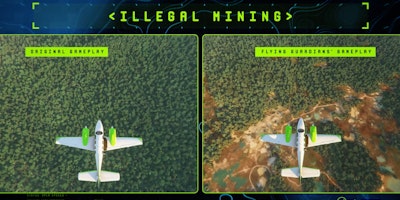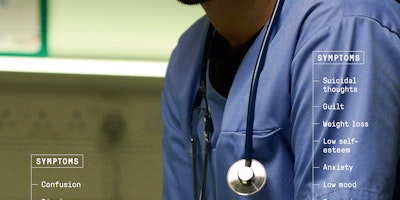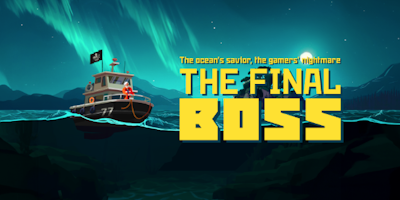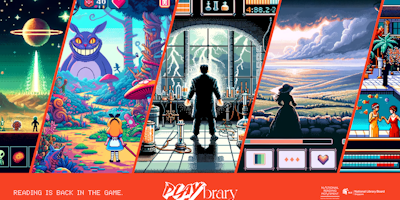British Dyslexia Association: advert-body-3 by Leo Burnett London
- Location:



One in every 10 people in the UK has some level of dyslexia, affecting their memory, personal organisation or literacy, but not their ability to succeed. To encourage more dyslexic-friendly workplaces, Leo Burnett London and The British Dyslexia Association are using facial detection technology on Ocean’s digital out of home screens to give everyone an idea what it’s like to live with dyslexia.
Long form copy on the screens is triggered by Look Out, Ocean’s audience detection technology. This can measure audience attention time as people stop to read the text. The longer people look at the screens, the more jumbled the words and letters become, reflecting what it can be like to be dyslexic.
Providing an experience of visual distraction, which affects many dyslexic people, can transform peoples’ appreciation of what it means to be dyslexic. An awareness of how to make simple adjustments can make a real difference to the workplace. Many dyslexic adults find digital application forms that time out are a real problem, but wouldn’t it be better for everyone if they didn’t do that?
This simple campaign captures the capability of digital out of home and how DOOH screens can respond to and engage with people in the moment. On this occasion, the combination of technology and location with long form copy which you don’t normally find on large format screens demonstrates the power of the right message in the right place at the right time.
Credits
Alex Moore - Creative - Leo Burnett London
Lewis Beaton - Creative - Leo Burnett London
Melanie Blood - Creative Project Manager - Ocean Labs




